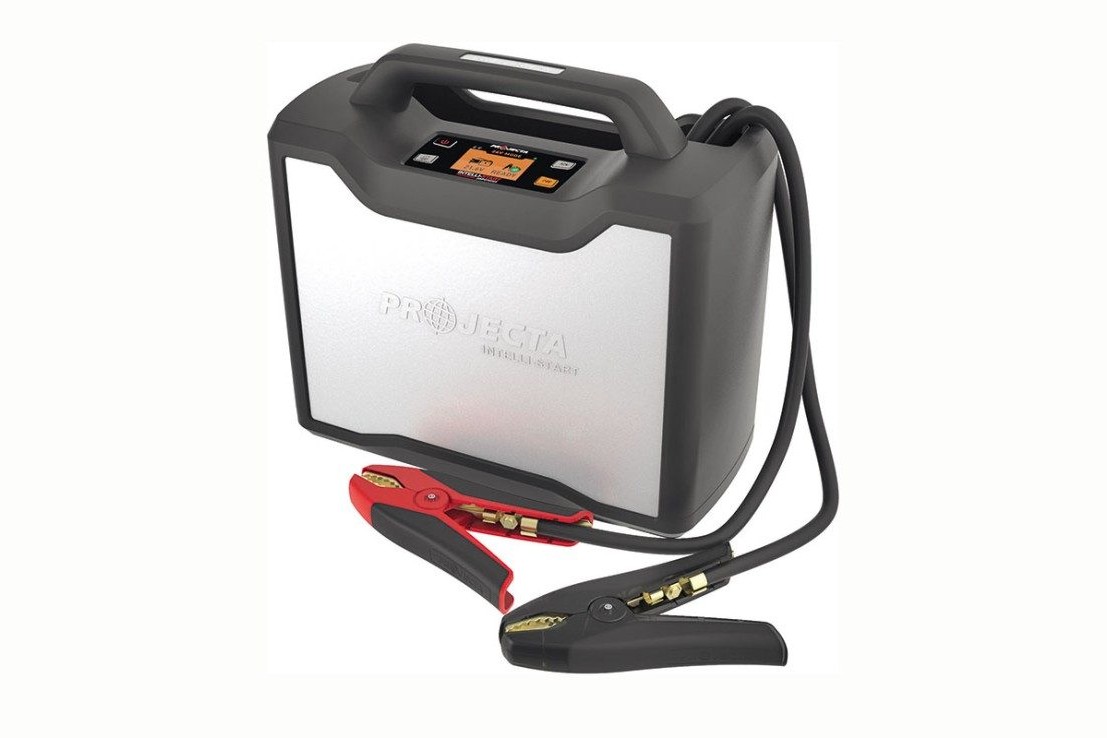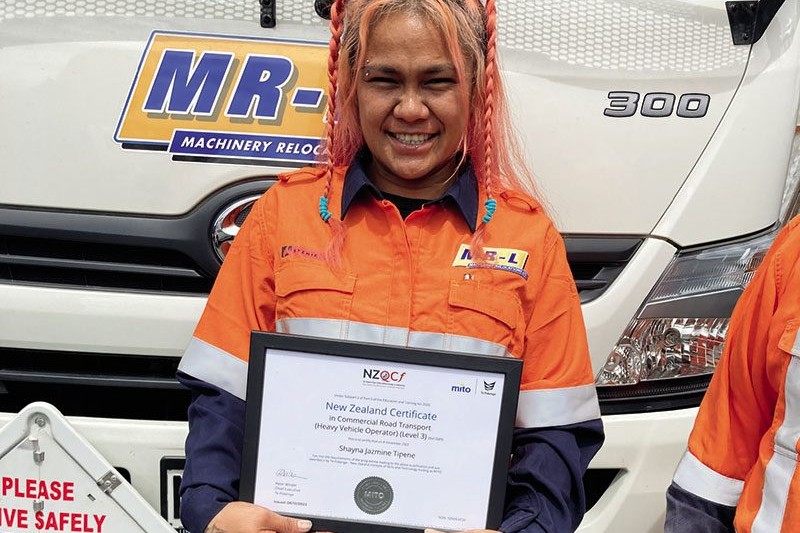Where there is no road, there is a way…

Some call it climate change; others refer to it as something else. Most people agree that damage caused to our roading infrastructure by adverse weather events during the past decade has become commonplace. Delays caused by having to detour around the affected areas, the loss of productivity in the workday, and the all- encompassing question, ‘Who pays for the extra expense incurred?’, add to the transport operators’ daily toil of getting the product to market. A Marlborough Sounds transport operator is no stranger to this situation. With no road access available due to long-term storm damage, farmers and transport operators have had to get resourceful to ensure the region’s rural produce gets to where it should.
Situated in the northeast of the South Island, the 4000km2 area of land and water known as the Marlborough Sounds supports a sizeable industry along with the area’s reputation as a true nature’s playground.
Aquaculture – predominantly the farming of green shell mussels – occupies a large amount of water resource, and forestry is prevalent on much of the steeper local terrain not suited to conventional agriculture.
Gareth Parkes operates GW Parkes Contracting from his base at Linkwater, 13km east of Havelock. His parents purchased a dairy farm here in 1982, still owned and operated by the Parkes family.


For several years, tractor-based agricultural work was the mainstay of the contracting operation. But eight years ago, a second-hand Freightliner Argosy was purchased, and the operation diversified into livestock cartage.
After three seasons of doing what Gareth refers to as “more than it was bought to do”, the need for a replacement loomed. “I budgeted on doing 50,000km the first year and ended up doing 120,000km.”
Shortly before Christmas 2019, the Freightliner’s replacement rolled into Linkwater – a new Kenworth K200 Aerodyne and Jackson Alloy Mono five- axle trailer fitted with Total Stockcrates.
About a dozen farms of size inhabit the Sounds, most accessed from the Kenepuru Road. The road begins outside the Parkes’ property at Linkwater and meanders north following Kenepuru Sound for 42km before branching off in several directions.
Significant slips and subsidence occurred to this and many other Sounds roads during and after storms in July 2021 and August 2022. Following months of complete closure after the 2021 event, the road re-opened to light vehicles for residents’ access in time for the Christmas holiday period. Although access has improved over time, no option exists for trucks wishing to access the Kenepuru Road.


Gareth explains that before the first storm, they would drive out to the property in the Sounds the evening before and overnight there. The following morning, the stock would be collected and transported directly to its intended destination.
Currently, Gareth’s truck meets one of Johnson’s barges at its Havelock base for a one-and-a-half to two-hour ‘steam’, depending on where the truck is heading. Once ashore, the stock is picked up, generally from multiple properties, before being consolidated at a central set of yards. The following morning, they are reloaded onto the Kenworth, it meets the barge and travels back to Havelock before setting off to its delivery destination. Under the new regime, up to a day has been added to getting the stock to market.
On a murky morning near the end of 2023, New Zealand Trucking magazine meets the big blue Aerodyne in Havelock. Ben Fletcher drives the Parkes Kenworth. He reverses onto the MV Pukatea, a 30m self-propelled barge powered by two Cummins NT855 engines, each producing 186kW (250hp).
A Claas tractor, also destined for the Sounds, is backed alongside the truck before the barge ramp is raised and the Pukatea motors out through the Havelock marina.
Today’s drop-off point is a former landing used to load barges with logs, located in Fish Bay.


After the initial storm, it was returned to service and provides a solid platform for trucks to transit from and onto vessels. Cruising at about 10 knots (18km/h), the Pukatea took just shy of two hours to make Fish Bay. Upon arrival, the crew placed packers between the barge ramp and landing to facilitate a smooth transition from the vessel deck to solid ground.
A set of cattle yards near the Kenepuru Head was the next stop; a pen of rams, destined to do their part in keeping the next generation of their species coming, were dropped off.
After Kenepuru Head, the road turns to gravel and narrows up. Ben drops the Kenworth’s Big Foot central tyre inflation system onto its lowest setting as he enters some native bush at the base of Mount Stokes.
Much of the road over Stokes is windy and has many tight corners. It has suffered erosion damage from the storms, and large rocks protrude through its surface – it can’t exactly be described as the easiest country to drive a truck in. Ben guides the Kenworth over the summit and slowly down the other side into a disused quarry overlooking Melville Cove, where the trailer is dropped off. The rain we had encountered since daybreak had made the road into the Titirangi Farm Park inaccessible for a large trailer, so the plan was to ferry up its share of the load.

At the Titirangi woolshed, the Hopkinson family were well underway with loading several farm trailers with freshly weaned lambs ready for the run up the hill to Ben’s trailer, helping speed up the loading process.
With all four decks of the truck crate loaded, the Kenworth made its way back up the hill where the lambs were run across to the trailer. These lambs, combined with what was bought up on the Hopkinsons’ trailers, meant the truck would only need to make one more trip back to the yards, saving a fair chunk of time. Many hands make light work, and there was no shortage of capable helpers, which meant it didn’t take long before Ben was climbing away from Titirangi with his second load on.
Once the trailer was hooked up, the Kenworth re-traced its steps back over Mount Stokes to the Hopkinsons’ home property at Kenepuru Head, 25km away. One thousand store lambs made their way out of the stock crate and into the yards, where they received a drench before being put out on the pasture at their new home.
We bid Ben farewell here as he headed off to collect some stock from a couple of nearby farms, which would go on his load to a processing plant in Canterbury the following day.


Emma Hopkinson explains that the meat company has supported the region; farmers work together to ensure the truck always leaves loaded to capacity, which means some loads end up being a combination of sheep, beef and deer.
Marlborough District Council currently subsidises the barge travel to affected properties while engineering and geotechnical work takes place on what the best roading option may be going forward.
While waiting for these decisions to be made, the Parkes Kenworth will be a common sight on the water in Marlborough Sounds. Carriers and their clientele combatting the impact of extreme weather – making things happen together.





